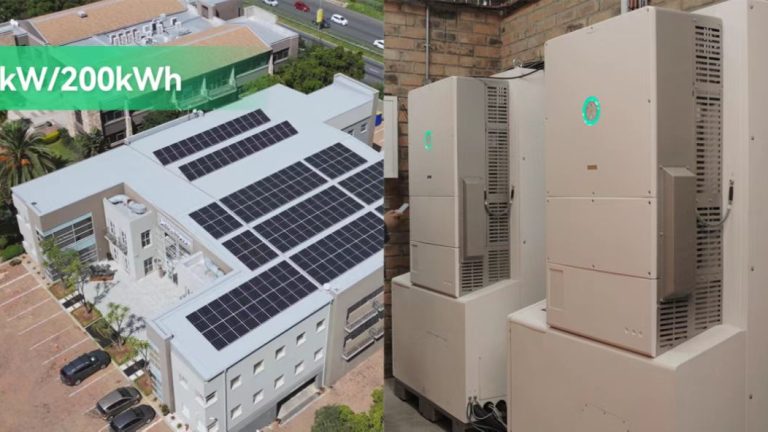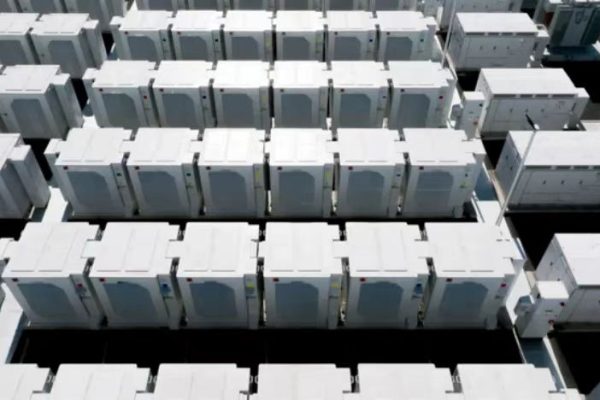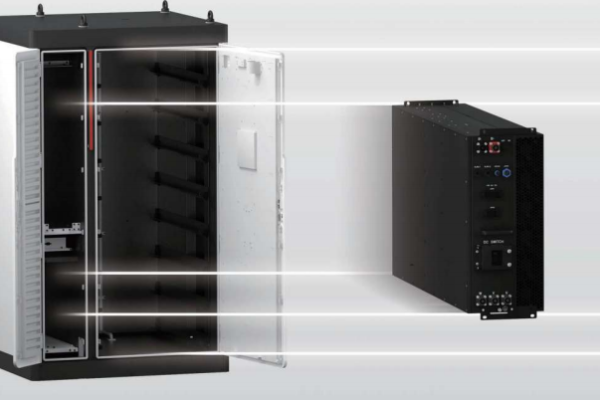Why Visual Documentation Builds Trust with PV+ESS Buyers
When it comes to selling solar + storage solutions—especially to B2B clients such as project developers, EPCs, or end-user system buyers—technical drawings can often close the deal faster than words or brochures.
In this article, we explain why clear, customized technical drawings are a key sales tool in the solar + battery industry, what types are most effective, and how SMEs and exporters can integrate them into their workflow even without an in-house design team.
🧠 Why Technical Buyers Want Drawings First
Whether you’re selling to a seasoned installer, a foreign distributor, or a semi-technical end user, they often want to see:
- What the system looks like
- How components connect
- Where batteries, inverters, breakers, or meters go
- How the system fits their site
🧾 Tech drawings serve multiple purposes:
| Purpose | What Drawings Provide |
|---|---|
| System understanding | Layout, logic, and configuration |
| Technical validation | Voltage, current, cable sizing checks |
| Internal approvals | EPC or engineering team sign-off |
| Marketing trust | Shows you’re solution-oriented, not just a box seller |
| After-sales documentation | Baseline for installation or service teams |
A clean single-line diagram or layout sketch can position you as a serious system provider, not just a product trader.
🧰 3 Types of Technical Drawings That Sell
1. Single-Line Diagrams (SLDs)
These are essential for both grid-tied and hybrid systems.
- Show energy flow: PV → inverter → battery → load/grid
- Include protection elements (breakers, SPD, ATS, etc.)
- Useful for sizing validation and electrical permit applications
🛠️ Good SLDs include clear voltage levels, grounding points, and communication paths (e.g., RS485, CAN, WiFi).
2. Physical Layout Diagrams
These drawings map out the actual installation environment:
- Rooftop or ground array positioning
- Distance from inverter to battery
- Enclosure placement, ventilation, cable trays
📏 Helps the client visualize feasibility and installation scope, especially when remote site visits aren’t possible.
3. System Connection Schematics
Also known as wiring or communication diagrams.
- Detail low-voltage communication paths (e.g. between BMS and hybrid inverter)
- Help avoid integration issues (e.g. mismatched pinouts)
- Clarify ESS control logic (on/off priorities, SOC triggers)
🎯 Especially useful when you’re mixing inverter and battery brands, or when exporting to EPCs with multiple subsystems.
📈 Real Use Case: From PDF to Purchase Order
A distributor in East Africa requested 3 sets of 10 kW hybrid kits. They were comparing your quote with two others. You added a one-page SLD and a cabinet layout with labelled DC fuses, ATS switch, and grounding bars.
Result? You stood out. The buyer forwarded your drawing to their engineering team and returned with a PO the same week—because you “clearly understand project-side requirements.”
👩💻 Don’t Have a CAD Team? Here’s What You Can Do
If you’re an SME or freelancer, you don’t need AutoCAD or a full engineering team to produce useful drawings:
- Use diagramming tools: Draw.io, Lucidchart, EdrawMax, or even PowerPoint
- Start with editable templates for SLDs and hybrid layouts
- Request preliminary drawings from your inverter or battery supplier (many have samples)
- Build a library of common system topologies: 5 kW single-phase, 10 kW three-phase, 20 kW off-grid, etc.
📥 You can also outsource drawing creation once, then reuse or modify per project.
💼 Add Drawings to Your Sales Workflow
Here’s how to add drawings without slowing down your quotation flow:
- Qualify buyer type: If they are technical or project-based, drawings matter
- Use modular templates: Mix and match per project
- Attach the drawing with your quote PDF
- Offer optional “customization” on layout to trigger engagement
- Follow up with a video call to explain the layout
✅ This approach creates buyer confidence, improves understanding, and reduces back-and-forth in the final project phase.
📌 Final Takeaway
Drawings are not just engineering tools—they are sales enablers. In a competitive export market, a simple SLD or layout diagram can:
- Differentiate your offer
- Build project credibility
- Reduce buyer hesitation
- Improve your value-perception as a system provider
If you’re selling solar + storage systems and want to stand out, start adding visuals to your proposals—even simple ones. It’s one of the easiest ways to become a solution seller, not just a product shipper.









